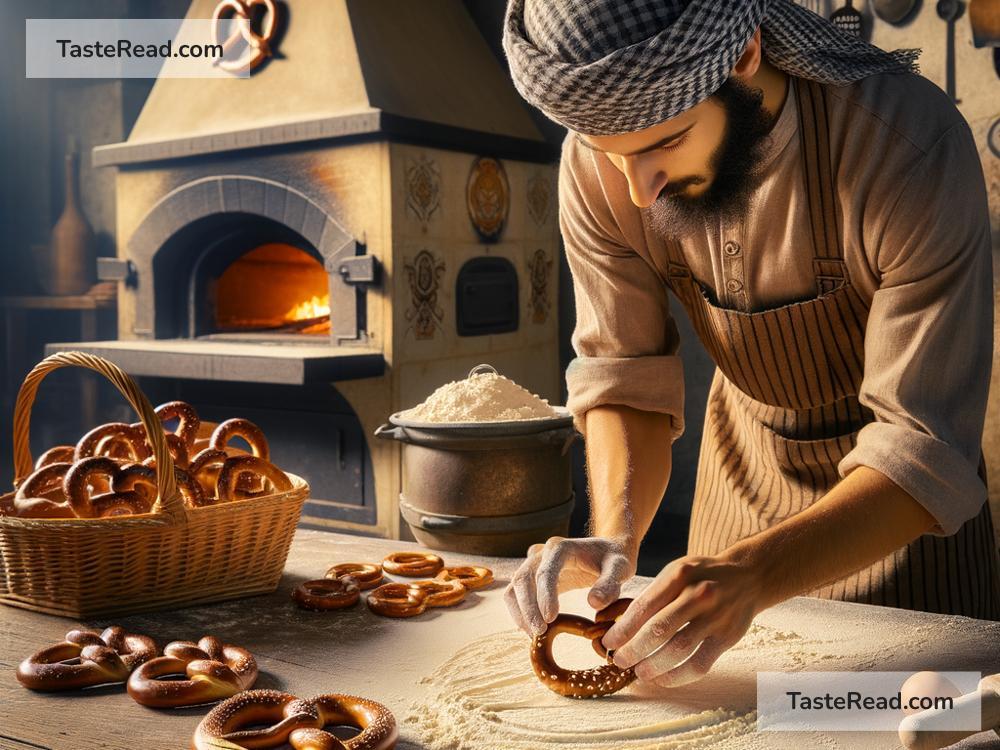Exploring the Rustic Charm of Bavarian Pretzel Baking
If you’ve ever visited Germany or enjoyed a delicious pretzel at a bakery, you’ve already experienced a small piece of Bavarian tradition. Bavarian pretzels are chewy, golden-brown, slightly salty, and full of personality. They’re not just a snack; they’re a symbol of history and heritage that has delighted people for centuries. Let’s take a journey to explore the rustic charm of Bavarian pretzel baking and learn why these twisted treats are so special.
A Brief History of Bavarian Pretzels
The story of pretzels dates back over 1,000 years. Legend has it that monks in Southern Europe created the shape to resemble folded arms during prayer, giving the pretzel a spiritual significance. By the Middle Ages, pretzels made their way to Bavaria (a region in southern Germany) and became a beloved staple.
Bavarians embraced the pretzel not just for its delicious taste but also for its practicality. Pretzels were inexpensive, easy to carry, and could be eaten by hand, making them a popular treat at markets, festivals, and celebrations. Over the years, the pretzel became a symbol of good luck and prosperity.
Today, Bavarian pretzels remain a cultural icon, often enjoyed with beer or served alongside traditional dishes like sausages and sauerkraut. Their unique shape and rustic charm continue to captivate people all over the world.
The Magic Behind Bavarian Pretzel Baking
What makes Bavarian pretzels so special? It’s not just the ingredients—it’s the entire process! From the initial dough kneading to the careful twisting of the shape, every step requires skill and patience.
The key ingredients for a Bavarian pretzel are simple: flour, water, yeast, sugar, salt, and butter. But the magic starts when the dough is carefully kneaded until smooth and stretchy. The bakers then shape the pretzels into their signature twisted design, which takes a bit of practice to master.
Once shaped, the pretzels are dipped in a special solution called lye (a mixture of water and baking soda) before baking. This step is what gives Bavarian pretzels their shiny brown crust and unique flavor. Don’t worry—baking neutralizes the lye, making the pretzels completely safe to eat. Finally, coarse salt is sprinkled on top before the pretzels are placed in a hot oven.
As the pretzels bake, they puff up and turn golden brown, filling the kitchen with an irresistible aroma. When done, they’re soft on the inside, crispy on the outside, and full of flavor.
Pretzels and Bavarian Culture
Pretzels are deeply woven into Bavarian culture. In Munich’s famous beer gardens, it’s common to see people enjoying pretzels with a frothy beer and hearty spreads, like Obatzda (a creamy cheese dip) or mustard. During Oktoberfest, Bavarian pretzels are everywhere—large enough to fill two hands and perfect for sharing.
Pretzel makers, known as “brezenbäckers,” are highly respected for their craft. Some bakeries in Bavaria have been making pretzels for generations, passing down techniques and recipes like family heirlooms. Watching a master brezenbäcker twist the dough into perfect pretzels is a mesmerizing spectacle—and their pretzels taste even better when you know how much tradition goes into each one.
Pretzels also hold a special place in celebrations. During weddings, baptisms, and festivals, you’ll often find pretzels being shared as a symbol of unity and goodwill. Some cities even have pretzel-shaped decorations, showing just how iconic this baked good truly is.
Making Bavarian Pretzels at Home
If you can’t travel to Bavaria, you can still enjoy authentic pretzels by baking them at home! The great thing about pretzels is that they don’t require fancy tools or expensive ingredients—just some patience and a willingness to experiment.
Here’s a simplified process to get you started:
- Prepare the Dough: Mix flour, water, yeast, sugar, salt, and butter to form a smooth dough. Let it rise until it doubles in size.
- Shape the Pretzels: Divide the dough into equal pieces, roll them into long ropes, and twist them into the classic pretzel shape.
- Dip in Baking Soda Solution: Boil water and add baking soda to create the dipping solution. Briefly immerse each pretzel before placing it on a baking sheet.
- Sprinkle Salt: Use coarse salt to give the pretzels their signature flavor.
- Bake: Pop the pretzels into a hot oven and watch them turn golden brown.
Once they’re ready, enjoy your homemade pretzels with cheese, mustard, or even plain—they’re delicious no matter what.
Why Bavarian Pretzels Are Worth Celebrating
Bavarian pretzels are more than food; they’re a connection to centuries of tradition, community, and creativity. Their rustic charm reminds us that even simple ingredients can create something magical. Whether you enjoy them fresh from a Bavarian bakery or make them in your own kitchen, pretzels have a way of bringing people together.
Next time you hold a warm, freshly baked pretzel, take a moment to appreciate the craftsmanship and history behind it. With their timeless appeal and rich flavor, Bavarian pretzels are truly a treasure worth celebrating.
So go ahead—take a bite of tradition!


